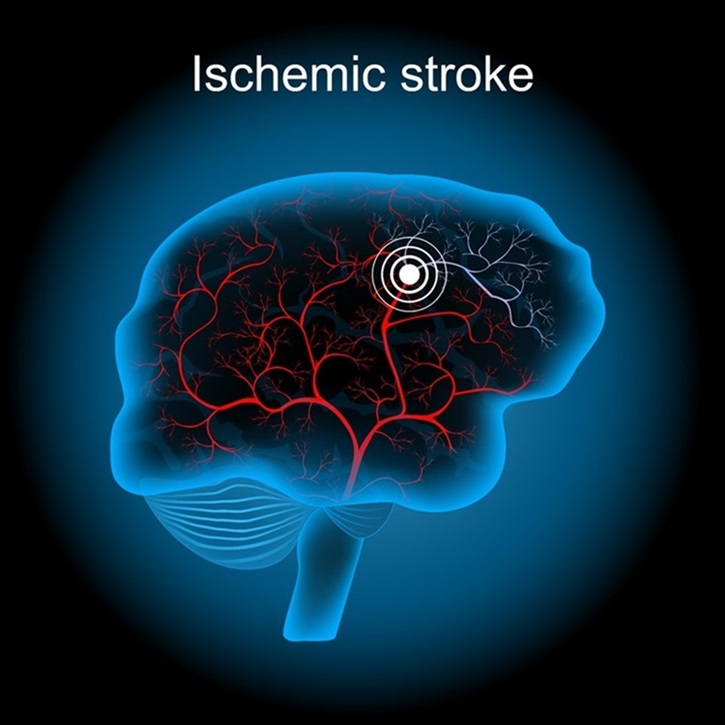Game-Changing Blood Test for Stroke Detection Could Bring Life-Saving Care to Patients
Posted on 20 May 2024
Stroke is the primary cause of disability globally and ranks as the second leading cause of death. However, timely early intervention can prevent severe outcomes. Most strokes are ischemic, resulting from a blockage that disrupts blood flow to the brain. Large vessel occlusion (LVO) strokes, a severe form of ischemic stroke, occur when a major artery in the brain is obstructed. The brain cells begin to die within minutes due to the deprivation of oxygen and nutrients. LVO strokes are critical emergencies that necessitate rapid treatment with mechanical thrombectomy, a procedure that removes the obstruction. Now, a new test combines blood-based biomarkers with a clinical score to accurately identify patients suffering from LVO strokes.
Mechanical thrombectomy has revolutionized stroke treatment, potentially restoring individuals to full health as though they never experienced a stroke. The sooner this procedure is applied, the better the outcomes for patients. This groundbreaking technology, developed by researchers at Brigham and Women’s Hospital (Boston MA, USA), could significantly shorten the time to treatment worldwide. The study focused on two proteins in capillary blood: glial fibrillary acidic protein (GFAP), linked to brain bleeds and traumatic brain injury, and D-dimer. It was demonstrated that these biomarkers, in conjunction with the field assessment stroke triage for emergency destination (FAST-ED) scores, effectively identify LVO ischemic strokes and differentiate them from conditions like brain bleeds, which can present similar symptoms but require different treatments.

The researchers conducted a prospective, observational diagnostic accuracy study with a cohort of 323 stroke-coded patients from May 2021 to August 2022. They discovered that combining GFAP and D-dimer levels with FAST-ED scores within six hours from symptom onset allowed the test to detect LVO strokes with 93% specificity and 81% sensitivity. The test also successfully excluded all patients with brain bleeds, indicating potential future applications for detecting intracerebral hemorrhage in the field. This diagnostic tool shows promise for use in low- and middle-income countries, where advanced imaging might not be available, and for assessing traumatic brain injuries. Further research includes a new prospective trial to evaluate the test's effectiveness in ambulances, alongside an interventional trial designed to accelerate stroke patient triage by bypassing conventional imaging for direct intervention.
“We have developed a game-changing, accessible tool that could help ensure that more people suffering from stroke are in the right place at the right time to receive critical, life-restoring care,” said senior author Joshua Bernstock, MD, PhD, MPH, a clinical fellow in the Department of Neurosurgery at Brigham and Women’s Hospital.
Related Links:
Brigham and Women’s Hospital




 assay.jpg)









